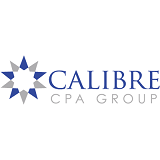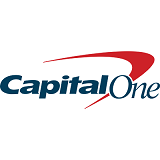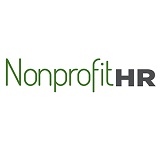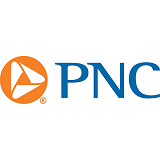
Why Nonprofits Need Financial Wellness Programs
By Halley Love, Principal, National Managing Director, Head Defined Contribution, Bernstein Private Wealth Management
Nonprofits are facing a critical challenge: workforce shortages that threaten their ability to serve their communities. With nearly double the national rate of staff turnover compared to for-profit businesses, nonprofits are struggling to attract and retain top talent. The problem is compounded by salary competition and stress and burnout among employees.
Yet amid rising costs and changing demographics, select employers are getting creative, exploring solutions that help them compete for talent without breaking the bank. They’re enhancing their retirement plan benefits package to include a robust financial wellness program that addresses the unique needs and stressors of their workforce. In short, they’re investing in their most precious asset – their people.
The High Cost of Doing Nothing
The number of workers who are stressed about retirement is not insignificant, with over 60% of respondents in a recent survey reporting retirement-related stress. Retirement plan sponsors have a compelling reason to address this anxiety, as it can have far-reaching effects on workforce management.
Financial insecurity often leads to three sub-par outcomes: increased likelihood of job hunting, decreased productivity, and a bottleneck for newer employees looking to advance. That’s because a lack of confidence in retirement readiness among long-tenured veterans can create a roadblock for up-and-coming talent, pushing the best and brightest to seek greener pastures elsewhere.
We believe that employers can help tackle these issues by adding a financial wellness program to their existing benefits package. The combination can help employers attract and retain talent while improving employee productivity and overall well-being.
What Is a Financial Wellness Program?
A financial wellness program is a powerful tool for enhancing employee financial literacy and confidence, ultimately reducing stress and uncertainty. By providing an educational curriculum and access to resources on critical financial issues, these programs empower participants to make informed decisions on matters that may be keeping them up at night.
The goal here is two-fold: promoting the value of an employer-sponsored retirement plan and improving overall financial literacy. Many social-sector staff report having little to no training in this area, making financial wellness programs a valuable investment in employee development. In the short term, successful execution of a financial wellness program can lead to greater participation rates, increased contribution rates, and proper asset allocations. In the long term, we have observed substantial improvements in the metrics that matter most for recruiting and retaining talented employees.
Not only do these programs improve employees’ financial knowledge and confidence, but they also appear to spur to higher engagement and productivity (Display). And employees are demanding this – a whopping 71% of full-time workers we surveyed expressed interest in tools, education, or advice offered through a workplace financial wellness program.
What About the Cost?
Contrary to popular belief, establishing a financial wellness program doesn’t have to come at an additional cost – especially if you’re working with the right advisor. In fact, many specialized advisory firms offer these programs and educational resources as standard services within their 401(k) and 403(b) offerings.
So why is the adoption of these valuable add-ons so low among nonprofits? Our research shows that they simply aren’t going out to market frequently enough to realize what they’re missing. By exploring the options available, nonprofits can benefit from lower rates and valuable services that have emerged in the 401(k) and 403(b) industry over the past 3-5 years. Yet, according to one of the most comprehensive retirement plan studies available:
- Compared to for-profit enterprises, social-sector organizations were significantly more likely to have overlooked an independent evaluation of providers and fees during the past three years.
- This disparity can often be traced to turnover among HR leadership and ranks, with projects and internal evaluations placed on hold until a replacement is comfortably settled into the role.
- Unfortunately, this delay can result in missed opportunities for these organizations and their employees, including the implementation of a financial wellness program and other valuable services.
Take Action: Benchmark Your Benefits
If it’s been years since you’ve conducted a comprehensive benchmarking review of your organization’s retirement plan, we strongly encourage you to do so sooner rather than later. Not only will this exercise help you fulfill your fiduciary duty, but it will also likely identify opportunities to modernize your plan, improve financial wellness services for your employees, and reduce costs. With decades of experience supporting non-profits through this process, we are here to help. Contact your Bernstein Advisor for a complimentary review.

























